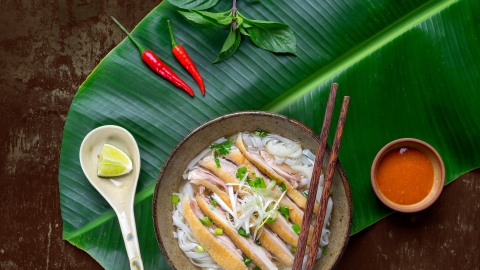Open-minded like Cantonese people
Being good at business and generous and open-minded is the best description of the Cantonese people. This is also clearly shown through their cuisine, the most prominent of which is dim sum (pronounced “tìm thunder”), which translates to “breakfast”, usually served in the morning. Every time I go out for breakfast, I have to bring at least two other people along because it is “hearty” and a bit “expensive” if eaten alone (in fact, going alone, you can’t eat all of it).

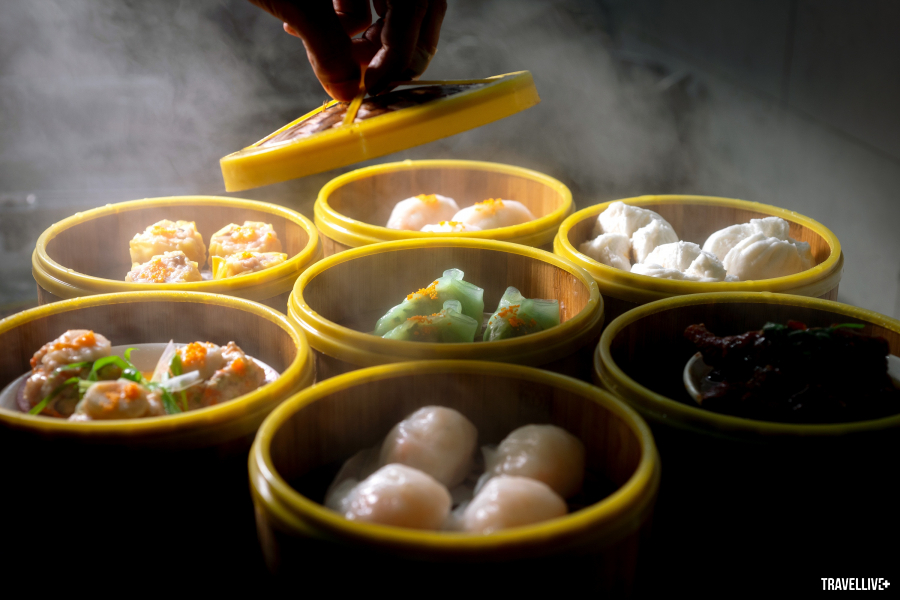
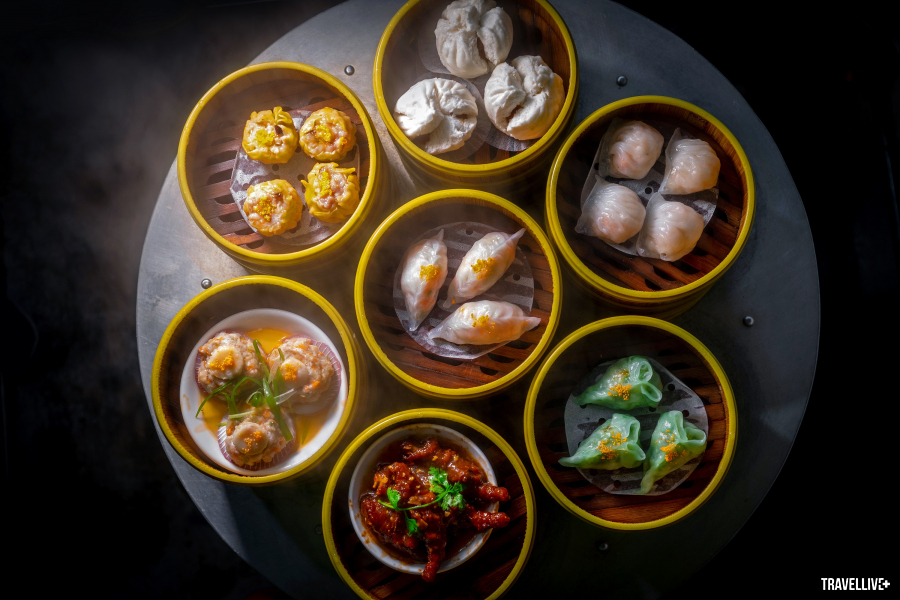
This name also has a very interesting story. It is said that in the past, during the Eastern Jin Dynasty, in order to show his gratitude to the soldiers who shed blood day and night on the battlefield, a general had cakes made and brought to the front line to entertain them. “Diem tam” here means “touching the heart”.
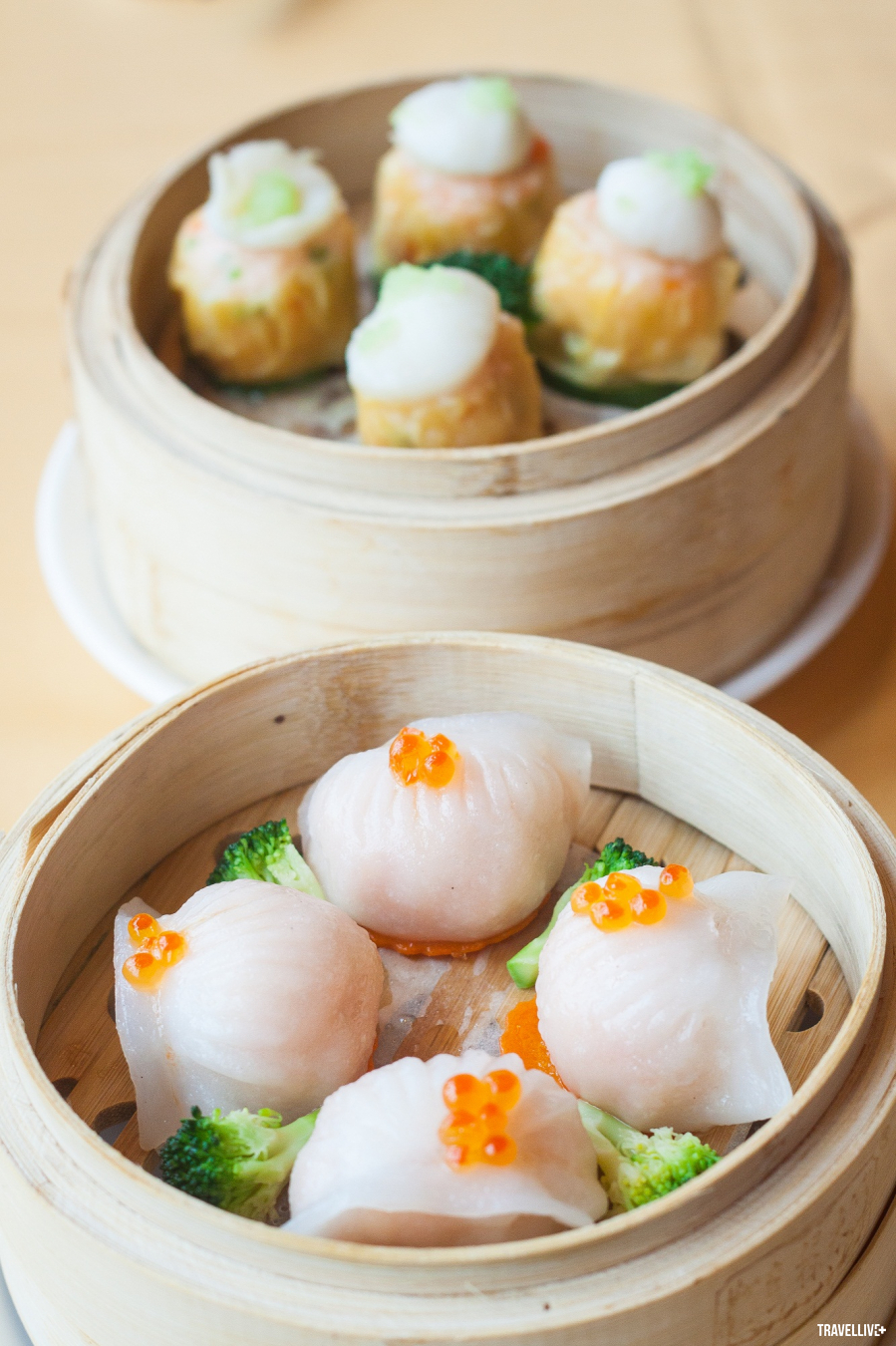
Nowadays, dim sum is prepared with many different ingredients such as shrimp, scallops, crab, meat, etc., along with the chef's skills to create eye-catching and attractive dishes. Due to the needs of diners, many restaurants are also open all day. Coming to Saigon, you definitely cannot miss the Cantonese dim sum stalls!
Some other dishes: dumplings, ginseng sweet soup, golden fried shrimp
Save like a Teochew
The Teochew people, or Teochew people, are also from Guangdong province, but they communicate with each other in their own language called Teochew. Teochew people are diligent, hard-working, and very frugal, perhaps because their wandering and poor life has trained them in many things. Teochew dishes are often light and simple.
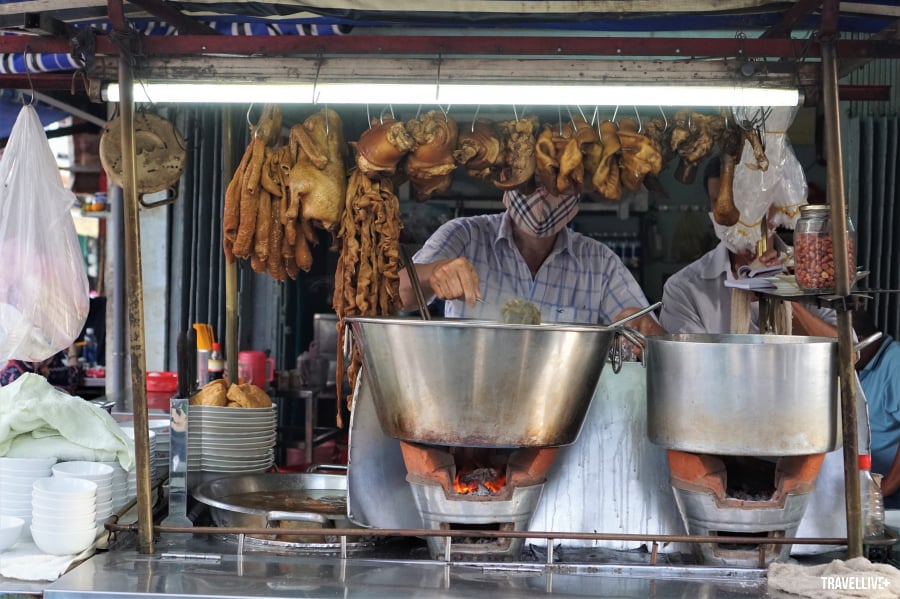
Many times I took my friends out to eat, they were surprised because the dishes did not look as appealing as other Chinese dishes. Like the last time, my friend and I ordered a plate of stir-fried pork intestines with pickled cabbage, a bowl of lotus root bone soup served with white rice and a bowl of porridge. My friend seemed hesitant until he picked up the first piece, and in a minute he finished the bowl of rice. “It’s so appetizing!”. How could it not be delicious! The recipes for those dishes seem simple, but in fact, in addition to the main spices, the restaurant owner also adds his own flavors, like a secret recipe passed down from father to son.

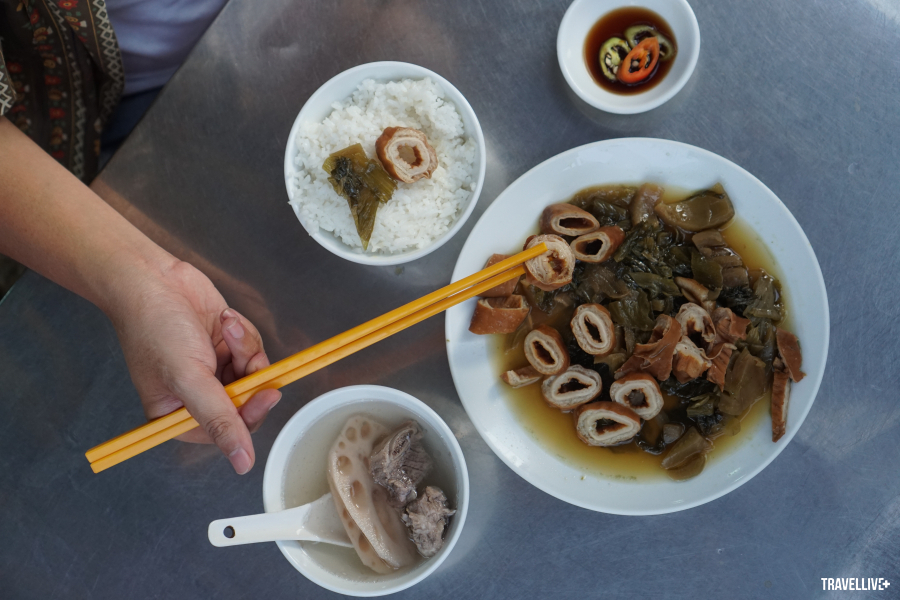
Pickled cabbage is probably the soul of Teochew dishes. They stew it day after day until the pickled cabbage is soft and melts in the mouth, and thanks to this special sour taste, the main ingredients such as meat, fat, and organs are less greasy. Speaking of this, I remember the roasted pork stewed with pickled cabbage of some Vietnamese families in Saigon and the West. Every time the family has an offering, the remaining roasted pork will be chopped into small pieces, put in a pot and cooked with pickled cabbage to eat gradually. Perhaps, Vietnamese people also learn from this thriftiness of the Teochew people after many years of living together.
Some other dishes: deer satay noodle soup, lake noodle soup
Talented like the He people
The Hakka (or Hakka) are perhaps the smallest group in the Chinese community in Vietnam in general and Saigon in particular. It is believed that the Hakka belong to a part of the Han people, and must be ancient Han because their own language originated from there. However, there are so many hypotheses that their origin is still unclear and uncertain.
The Hakka people are known for their delicious and unique cooking skills. During the French colonial period, the chefs chosen to cook for the “Western officials” were mostly Hakka. They knew how to skillfully combine Western and Chinese cuisine using ingredients such as onions, bell peppers, etc. that other Chinese ethnic groups could not do.

A meal of the Hakka people
In Saigon today, there is still a He restaurant that has existed for nearly 80 years in a tiny alley on Ly Thuong Kiet Street. The restaurant serves customers on the first floor, while the ground floor is still the living room and kitchen area. The first time I came here, I ordered a plate of Khau Nhuc (“Khau” means stewed until tender, “Nhuc” means meat), a plate of Dong Giang tofu, and steamed chicken with salt as recommended by the restaurant owner. I must say that the Khau Nhuc dish was extremely impressive, the soft pork served with thick slices of taro interspersed with the meat, accompanied by a rich red bean curd broth. Each bite reminded me of my childhood, a delicious and touching lunch.

Dong Giang Tofu

Meatballs
Some other dishes: fried chicken with rice, stir-fried noodles with beef, stir-fried noodles with beef
Famous as a Fujian person
When mentioning the Fujian people, I immediately think of the culture of worshiping Thien Hau. From a small belief on Mi Chau island, the Fujian people have drifted on the ocean, bringing their culture to countries all over the world and being recognized by UNESCO.
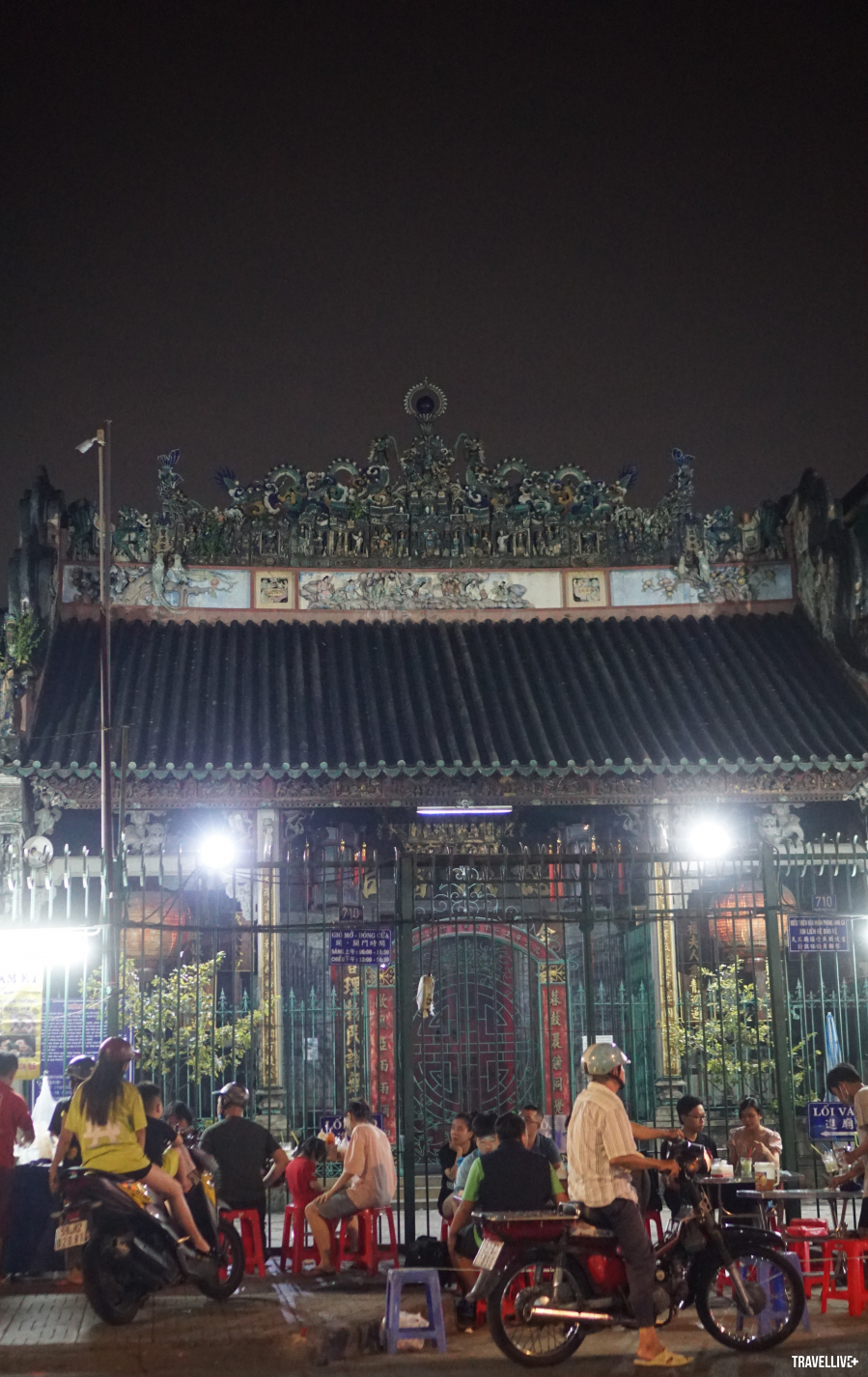
A restaurant in front of Thien Hau Pagoda
Fujian has a dish that I think every Saigonese knows, which is Fujian noodles. Fujian noodles are like other yellow noodles but thicker, chewier and fatter, can be stir-fried or cooked with broth like other types of Chinese noodles. Until now, every time there is a death anniversary in the family, my father still runs all the way to Cho Lon to buy the right noodles to offer to our ancestors.
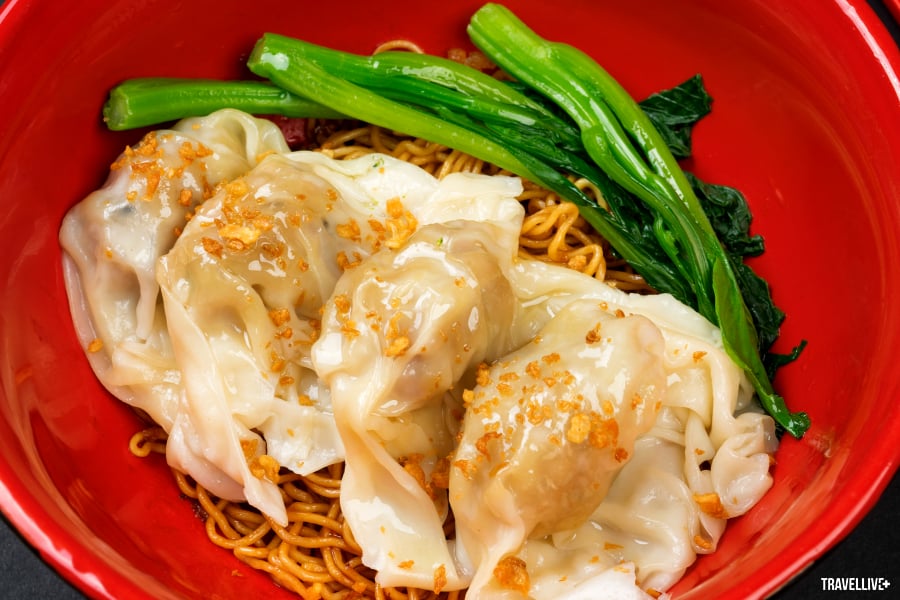
In addition, Fujian cuisine is also famous for the dish “Buddha Jumps Over the Wall”. This dish is considered a delicacy, including many ingredients such as scallops, abalone, shark fin and ginseng. The meaning of this dish is “so delicious that even monks climbed the wall and fell sick because of it”.
Some other dishes: Fujian braised duck, spring rolls

The pork butcher in Cho Lon, now nearly 80 years old but still happily working
The culture and cuisine of the Chinese in Saigon are so diverse and rich that it is impossible to fully describe them on paper. Not only eating and tasting the unique flavors of the cuisine, you also have to be there to admire the old houses and shops, meticulously decorated with lovely pastel-colored walls of the Chinese, then exchange a few greetings to feel their simplicity and sincerity... then the meal is truly complete.




























